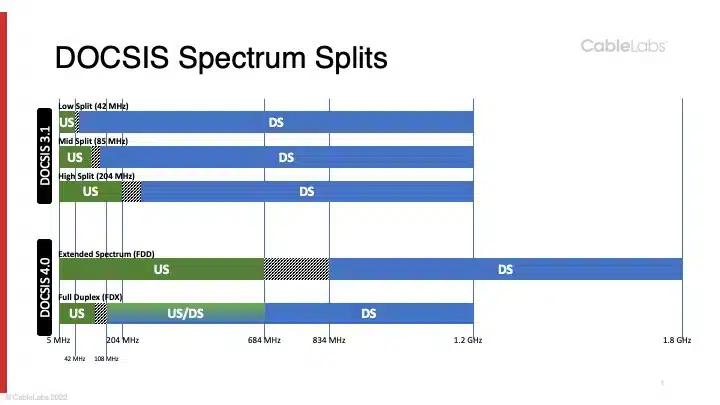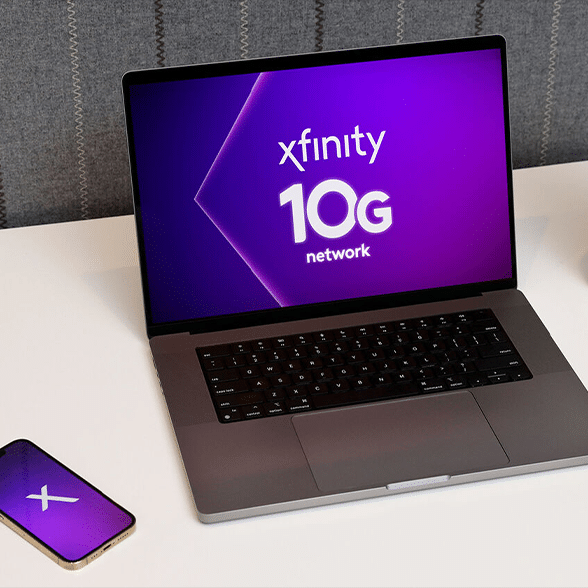Comcast said it has installed more than 100,000 remote PHY (rPHY) digital nodes across its hybrid fiber coax/DOCSIS network. As the company explained, “Digital nodes are a critical part of the distributed access architecture (DAA) that enables the speed increases Comcast has launched to more than 55 markets and over 15 million homes and businesses since October 2022.”
The rPHY nodes also will be “instrumental” in Comcast’s implementation of full-duplex DOCSIS 4.0 that the company will begin making available to customers in the fourth quarter of 2023.
The cable industry uses the term “10G” to encompass a range of network upgrades designed to boost speeds that eventually will hit 10 Gbps downstream and to provide other benefits. DOCSIS 4.0, DAA and rPHY all are encompassed in the 10G standards.
Remote PHY
Remote PHY devices are installed in the node where optical transmissions are converted for transmission over coax. They improve the signal-to-noise ratio, enabling the cable company to boost speeds and capacity.
Cable companies can use either rPHY or MAC-PHY devices for this purpose. Comcast Chief Technology Officer Elad Nafshi told Telecompetitor earlier this year that the company chose rPHY over MAC-PHY because rPHY provides more sustainable power savings and “ultimately better reliability driven by a simpler software implementation.”
According to Comcast’s press release today, the company first began rolling out digital notes in 2019 and surpassed 50,000 rPHY nodes deployed across the network in 2022. As of now, the company has upgraded 25% of its footprint to rPHY.
The DOCIS 4.0 technology that today’s press release references is something that the cable industry has been eagerly awaiting. It’s important because it will give cable companies a speed boost on the upstream and downstream to support faster speeds, including faster upload speeds.
Comcast’s decision to use full-duplex DOCSIS is somewhat contrarian to what many other cable companies, including Charter, plan to do. Full-duplex DOCSIS involves boosting the total amount of spectrum available within the coaxial portion of the HFC link to 1.2 GHz and making a large portion of the spectrum available for either upstream or downstream communications.
This means that Comcast should be able to offer faster upstream speeds in comparison with cable companies that choose alternative approaches to expanding spectrum known as high splits or extended spectrum.

Comcast has not revealed the speeds that it will support when it launches DOCSIS 4.0 later this year other than to say that speeds will be multi-gigabit and symmetrical.
Updated to correct a reference to Charter to instead say Comcast


